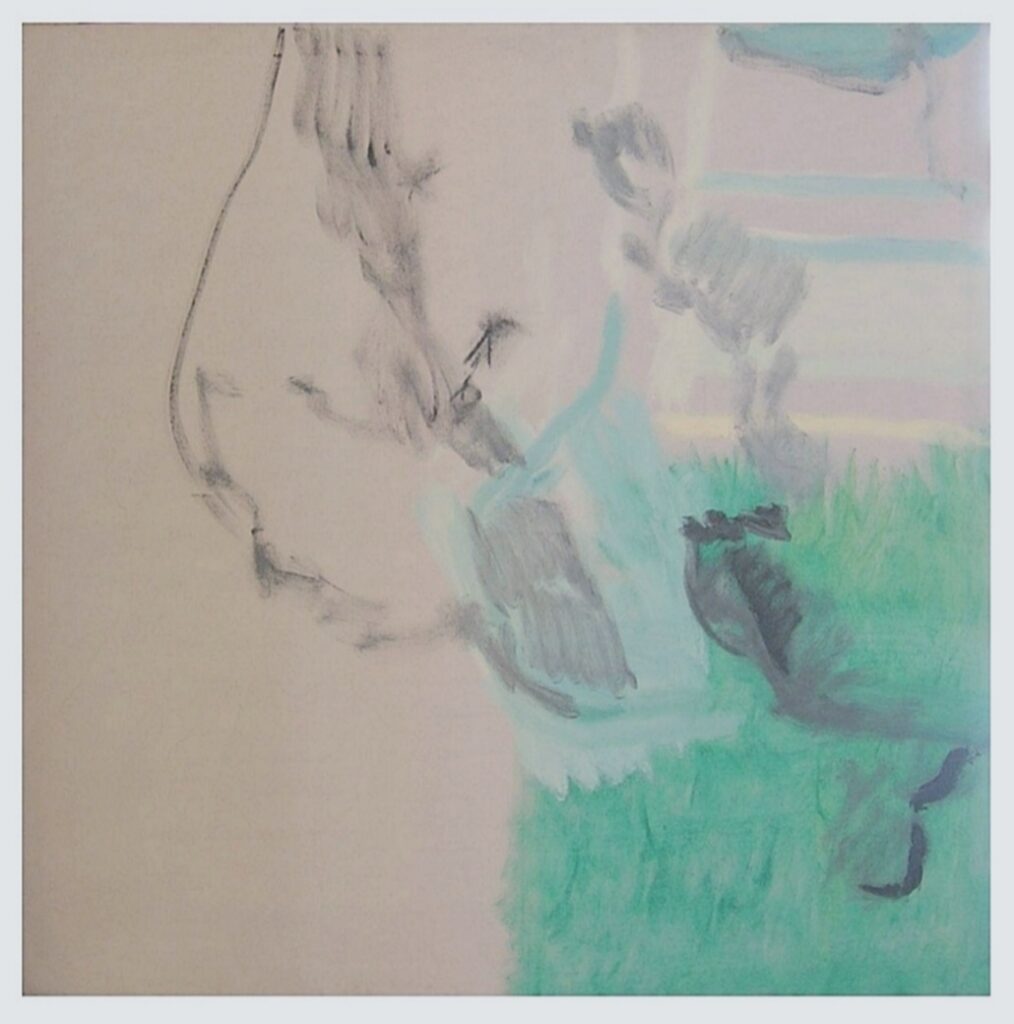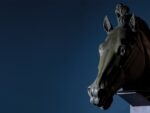Vasco Bendini – Ipotesi Ultime

Galleria Six è lieta di annunciare la mostra Vasco Bendini “Ipotesi Ultime”.
Comunicato stampa
Sono tre le opere in mostra, ciascuna di cm 190x190 e realizzate tra il 1965 e 1966.
Dopo l'intensa esperienza informale degli anni cinquanta, Vasco Bendini, conscio del generale cambiamento linguistico in atto e consapevole di aver spinto la sua pratica artistica sino alla soglia dell'esperienza informale/esistenziale, dal 1963 intraprende una nuova esperienza pittorica, più analitica e rarefatta, diradando la materia oltre ogni limite, quale ipotesi ultima e praticabile. Già Calvesi aveva notato in Bendini una tendenza alla labilità dell'immagine, un tema questo , che come scrive anche Argan, "diventa un principio, una chiave. Le stesure del colore sono magre, rade; aderiscono appena alla tela, come pellicole che potrebbero sollevarsi...Si sente che le immagini nascono da una lacerazione, che si è prodotta non si saprebbe dire dove e quando..."
Galleria Six is pleased to announce the exhibition Vasco Bendini "Ipotesi Ultime"
There are three works on show, each measuring 190x 190 cm and created between 1965 and 1966.
After the intense informal experience of the 1950s, Vasco Bendini , aware of the general linguistic change underway and conscious of having pushed his artistic practice to the threshold of the informal/existential experience, from 1963 embarked on a new pictorial challenge, more analytical and rarefied, thinning out the material beyond all limits, as an ultimate and viable hypothesis . Calvesi had already noticed in Bendini a tendency towards the lability of the image, a theme which, as Argan also wrote, 'it becomes a principle, a key. The spreads of colour are thin, sparse; they barely adhere to the canvas, like films that could be lifted... One feels that the images are born from a laceration, which was produced one cannot tell where and when..."
Vasco Bendini (Bologna, 27 February 1922 - Rome, 31 January 2015).
His artistic training began in the 1940s at the Faculty of Architecture in Florence, which he soon left to move to the Academy of Fine Arts in Bologna, where he attended courses by Giorgio Morandi and Virgilio Guidi. In 1949, he exhibited for the first time in Milan and held his first solo exhibition in Florence in 1953, presented by Francesco Arcangeli. In this early period, one of the central themes of his works is undoubtedly that of the face, interpreted in the key of an archetype, of a universal figure, at the limit of abstraction to which the artist is constantly led. His work then looks to the poetics of gesture and matter in America and Europe, to approach, later on, the last naturalism of Arcangeli.
Gradually overcoming these suggestions, between 1963 and 1966, he painted the series 'Ipotesi Ultime' "Senso Operante" and 'Sentimento Come Storia', taking the image to an extreme rarefaction, granting ever more importance to the white space of the canvas surface. From the mid-1960s Bendini implemented a radical change in his painting with the inclusion of objects, as in the series "Object as history" (1966-73), elaborating elements of neo-Dada culture and invading real space with installations and actions. He thus became a forerunner of the research that would later flow into the development of Arte Povera. The paintings of the last period are large pictorial surfaces, with broad chromatic spreads, which involve the spectator and stimulate him both on a perceptive and imaginative, poetic and rationally ethical level.
In 1956 he participated for the first time in the XXVIII Venice Biennale, where he returned, with personal rooms, in 1964 (presented by Maurizio Calvesi) and in 1972 (presented by Francesco Arcangeli and Renato Barilli). In 1969 he presented a performance at the Civic Museum of Bologna. In 1973 a personal room was dedicated to him at the X National Art Quadrennial in Rome.
Vasco Bendini's works are exhibited in major Italian and foreign museums:
Academy of Fine Arts of Rome, Museum of Contemporary Art of Rome (MACRO), Galleria d'Arte Moderna of Rome , Museum of Contemporary Art of Trento and Rovereto (MART), MAMbo Museum of Modern Art of Bologna, The Art Museum - Princeton University, Princeton, New Jersey, U.S.A.



